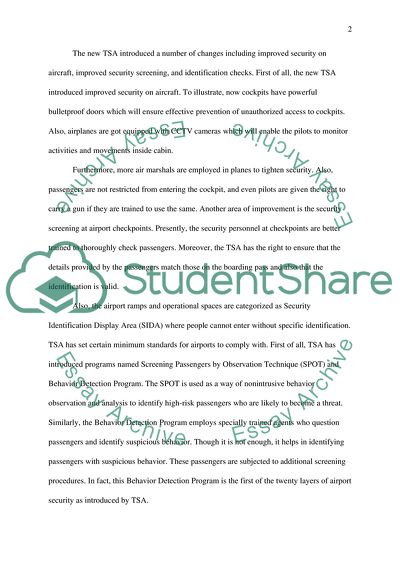Cite this document
(Post 9/11 Changes in Regards to Airport Security Term Paper Example | Topics and Well Written Essays - 1500 words, n.d.)
Post 9/11 Changes in Regards to Airport Security Term Paper Example | Topics and Well Written Essays - 1500 words. https://studentshare.org/tourism/1786741-post-911-changes-in-regards-to-airport-security
Post 9/11 Changes in Regards to Airport Security Term Paper Example | Topics and Well Written Essays - 1500 words. https://studentshare.org/tourism/1786741-post-911-changes-in-regards-to-airport-security
(Post 9/11 Changes in Regards to Airport Security Term Paper Example | Topics and Well Written Essays - 1500 Words)
Post 9/11 Changes in Regards to Airport Security Term Paper Example | Topics and Well Written Essays - 1500 Words. https://studentshare.org/tourism/1786741-post-911-changes-in-regards-to-airport-security.
Post 9/11 Changes in Regards to Airport Security Term Paper Example | Topics and Well Written Essays - 1500 Words. https://studentshare.org/tourism/1786741-post-911-changes-in-regards-to-airport-security.
“Post 9/11 Changes in Regards to Airport Security Term Paper Example | Topics and Well Written Essays - 1500 Words”. https://studentshare.org/tourism/1786741-post-911-changes-in-regards-to-airport-security.


